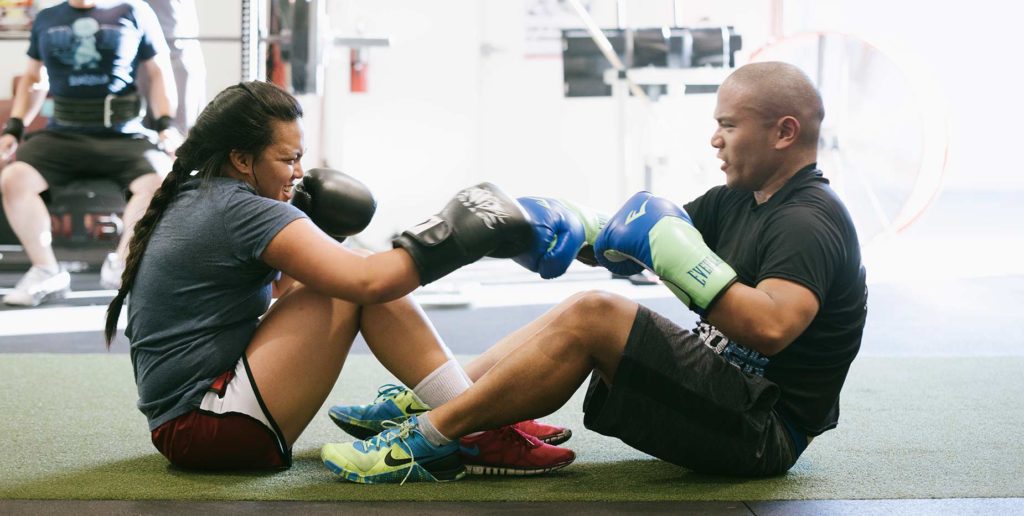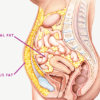Boosting your cardio fitness is crucial for long-term health, athletic performance, and recovery from physical activity.
The question is, how do you improve it, and why exactly does it matter?
A Brief Look at Cardio Fitness
Most people associate cardio fitness with endurance––the ability to sustain a specific intensity during physical activity for an extended period. This isn’t the wrong way to look at it, but there is more to cardio.
In short, it refers to your cardiovascular system’s ability to supply your muscles with oxygen during exercise (1). Good cardio fitness is linked to:
- Heart health (2)
- Good lung capacity
- Weight management (3)
- Blood sugar control (4)
- Improved mental health
- Longevity (5)
Some direct benefits of cardio fitness include:
- Having more energy
- Sleeping better
- Stronger immune system function
- Better mood and improved alertness
3 Ways to Improve Cardio Fitness

1. Do Cardiovascular Exercises
The most straightforward way to improve your cardiovascular fitness is to do low to moderately intense cardio activities (6):
- Walking on a treadmill (incline)
- Jogging
- Hiking
- Riding a bike or cycling on a stationary bike
- Using an elliptical trainer
- Swimming
- Cardio boxing
The specific activity doesn’t matter. Pick something you enjoy and can do without experiencing nagging aches. For example, someone who is overweight should consider a low-impact activity like walking or swimming instead of jogging.
As for frequency, three to four weekly sessions are generally enough to see improvements without putting yourself at risk of overtraining.
2. Monitor Your Heart Rate
Monitoring your heart rate allows you to maintain a specific level of intensity for long periods, which strengthens your cardiovascular system.
It also allows trainees to target a specific heart rate zone based on their exact goals and experience (7). The zones are:
- Zone 1 (easy) – 55-65 percent of max heart rate (MHR)
- Zone 2 (aerobic) – 65-75 percent of MHR
- Zone 3 (intense) – 75-85 percent of MHR
- Zone 4 (lactic threshold) – 85-88 percent of MHR
- Zone 5 (anaerobic) – 90+ percent of MHR
For instance, a beginner can start in zone 2 and gradually work up to zone 3 or occasionally boost the intensity.
3. Focus on Gradual Progress
The main difference between working out and exercising is progression. Exercising means doing any form of structured physical activity without thinking about your performance.
In contrast, training is about gradually doing more work to continue pushing your body and forcing it to adapt. In the case of endurance exercise for cardiovascular fitness, that could mean:
- Increasing the duration
- Covering longer distances
- Maintaining a slightly higher heart rate
- Increasing the training frequency
- Reducing the rest intervals
Conclusion
Cardio fitness is crucial for everyone. Whether you’re an aspiring athlete looking to turn pro or a 40-something person working a full-time job, good cardio fitness will improve your bottom line.
A robust cardiovascular system works more efficiently and ensures that all parts of the body get the oxygen and nutrients they need during physical activity and at rest.
As you can see, boosting your cardio fitness isn’t that complicated. It mostly comes down to a few basics, staying consistent, and progressing gradually.

































